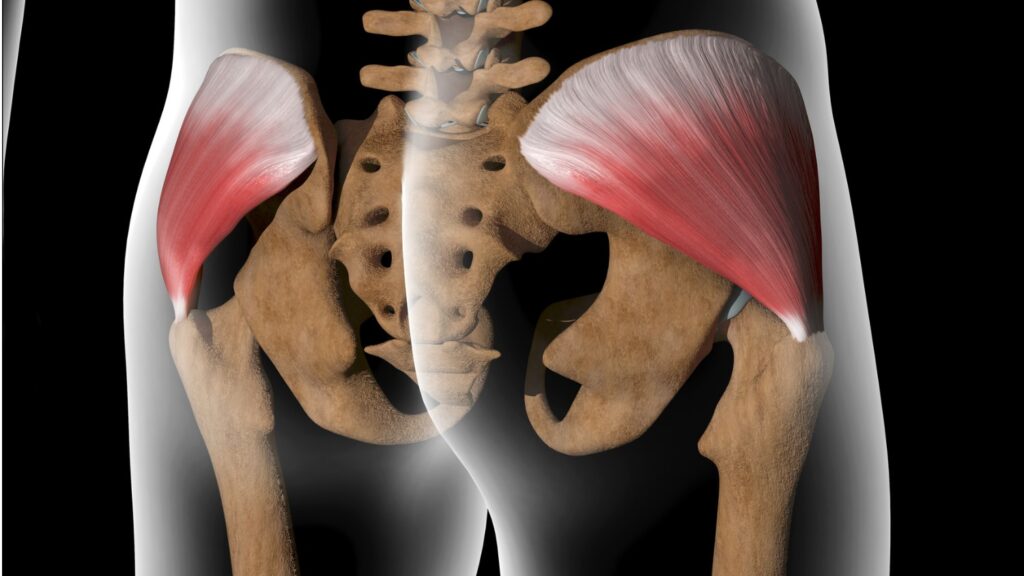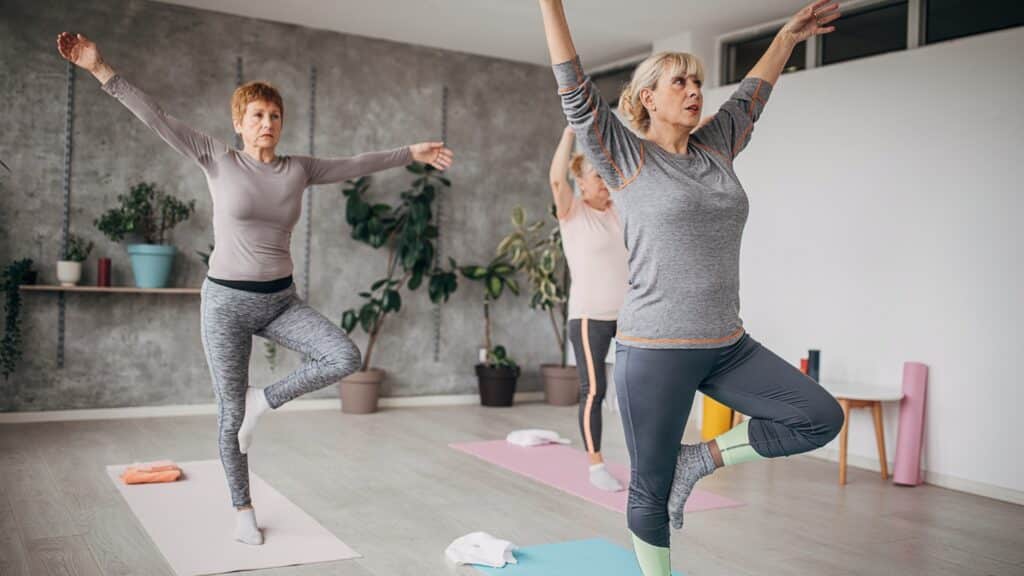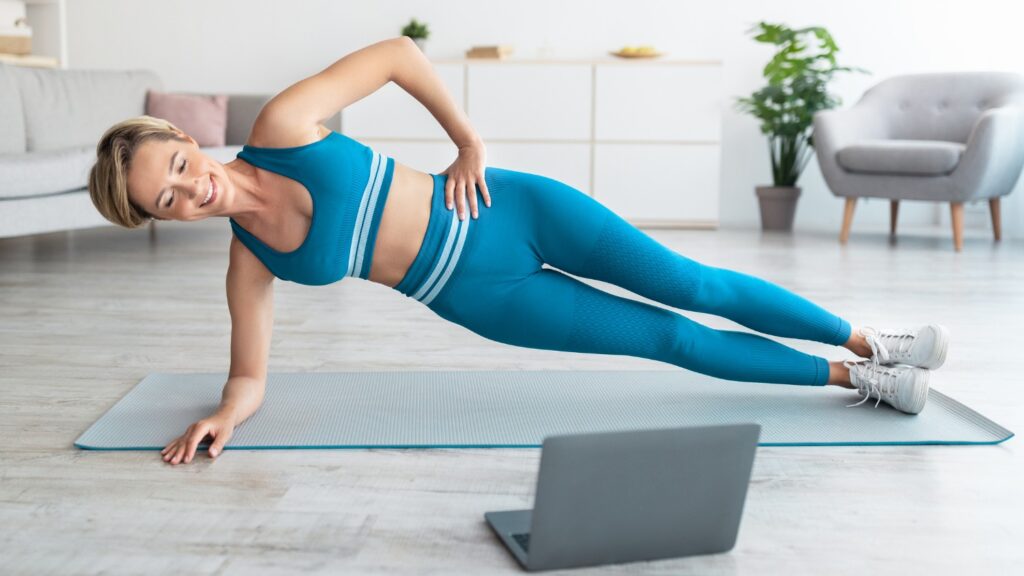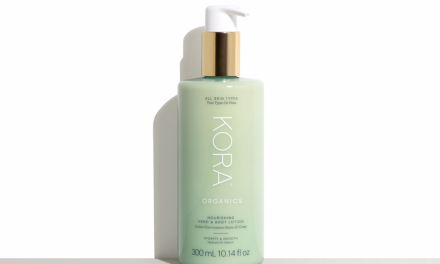
Of course, it is important to strengthen all our major muscle groups to protect against sarcopenia, the progressive and gradual loss of muscle mass and strength as we age. Should we fall prey to significant sarcopenia, we will most likely experience a greater loss of balance, functionality, and independence.
And, we will be more prone to the increased risk for falls,, fall-related hip fractures, buttocks, lateral hip, or groin pain, and experience a reduced quality of life. That’s simply what the data shows.
Obviously, the older we get the greater the likelihood of succumbing to these potential conditions and injuries, hence, the importance of strengthening our muscles as we age. As such, working diligently to maintain our muscle strength may be the most important thing we can do to maintain our independence and mobility whether we are 60, 70, or 80+ years old.
Much has been written on sarcopenia and the development of overall muscular strength, but the focus of this article is preserving and strengthening our gluteus medius muscle.
The Gluteus Medius Muscle

Prime Action
Hip abduction or moving your leg away from your body midline in the frontal plane.
Other Actions
The anterior portion also performs hip flexion and internal rotation. The posterior portion also performs hip extension and external rotation.
Other Important Function
Serves as the prime lateral stabilizing muscle of the hip joint.
Why Focus on the Gluteus Medius Muscle?
Again, without taking anything away from the importance of strengthening other important muscles that cross over and act upon the hip joint (like the gluteus maximus, hip flexors muscles, the tensor fascia latae muscle, etc.), it is important that extra consideration and attention be given to the gluteus medius muscle for the following reasons:
We Primarily Move in the Sagittal Plane of Motion
Most of what we do or how we move is conducted in the sagittal plane of motion, or moving anterior-posterior and up and down. For example, consider the hip movements when we walk, jog and run, sit down and stand up. These actions all occur in the sagittal plane.
We typically don’t do a lot of movement in the frontal plane or side-to-side. As such, the muscles that perform movement in the frontal plane of motion (the gluteus medius being the most important muscle in frontal plane movement at the hip joint) usually are not worked/challenged as much in our daily routine. Therefore, they need more attention in our training regimens.
Its Importance in Balance
Again, other muscles of the hip and certainly those around our ankles are important in balance, but the gluteal muscles, and especially the gluteus medius, play a key role in maintaining balance and stability in the frontal plane, and especially when weight bearing on the leg.
Its Essential Role in Preventing Pelvis Drop
When performing these mentioned activities, the gluteus medius muscle prevents the pelvis from dropping to the opposite side when supporting the body weight on one leg. Not only is this an essential feature when walking but plays an important role in maintaining balance.
Further, a weakness in the gluteus medius and the consequential abnormal movement in the pelvis (known as pelvic drop) due to the weakness, can lead to repetitive abnormal stress and injury to the low back, hip, and knee joints.
Note: When strengthening the gluteus medius muscle, you are also strengthening the gluteus minimus and tensor fascia latae muscles as they too perform similar actions as the gluteus medius and also help support the hip laterally.
Five Exercises That Target the Gluteus Medius Muscle – Progressing in Intensity
Single Leg Stance
When standing on one leg, the gluteus medius muscle on that same side must contract to keep the pelvis level and from dropping to the opposite side.

- To increase the challenge to the muscle: Hold a dumbbell in opposite hand while standing on one leg. This added resistance forces the gluteus medius to work harder to maintain a level pelvis.
- Rx: Hold single leg stance position for up to 30 seconds or as long as you can. Perform multiple reps throughout the day.
Standing Single Leg Abduction
Simply move your leg away from your body. This will work the gluteus medius muscles on both sides of the body.
- To increase the challenge to the muscle: Place a TheraBand elastic band around the leg you are working to increase the resistance.
- To decrease the challenge to the muscle: Perform moving your leg away from you while lying on the floor. This position helps eliminate or reduce the gravitational force and reduces the intensity of the exercise.
- Rx: Perform a set of reps until fatigued (or 10 reps) and multiple sets throughout the day.
Sidewalks with TheraBand
Place a tied off TheraBand elastic band around both legs at just above the knees and side step – lead leg first followed by the trail leg. This exercise works the gluteus medius muscles on both sides.
- To increase the challenge to the muscle: Use a TheraBand of greater resistance or increase the length of your side step.
- Rx: Perform multiple sets of side stepping throughout the day.
Side Lying Leg Lifts

While lying on your side (hip to be exercised on the “up” side), lift your leg upward overcoming gravity and the weight of the leg. This movement is known as hip abduction and is primarily performed by the gluteus medius.
- To increase the challenge to the muscle: Place a TheraBand elastic band around your legs and then perform the movement.
- Rx: Perform a set of reps until fatigued (or 10 reps) and multiple sets throughout the day.
Side Planks

Simply maintaining a plank position works the gluteus medius muscle on the downside leg.
- To increase the challenge to the muscle: While holding the plank position, raise the upside leg. By doing so, both gluteus medius muscles are working.
- To decrease the challenge to the muscle: Instead of keeping the downside leg extended, flex the knee. This makes the pivot point at the knee instead of at the foot which decreases the strain of the exercise.
- Rx: Perform a set of reps until fatigued (or 10 reps) and multiple sets throughout the day.
Do you really want to maintain your independence and mobility into your 70s and 80s? What is your plan to “START NOW” to ensure strength, balance, and mobility and your ability to go and do?





